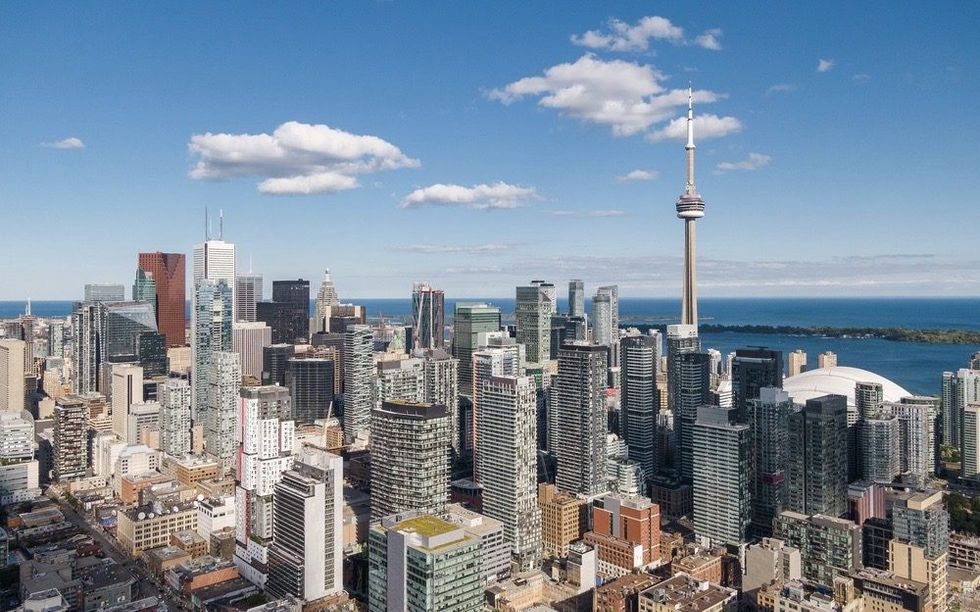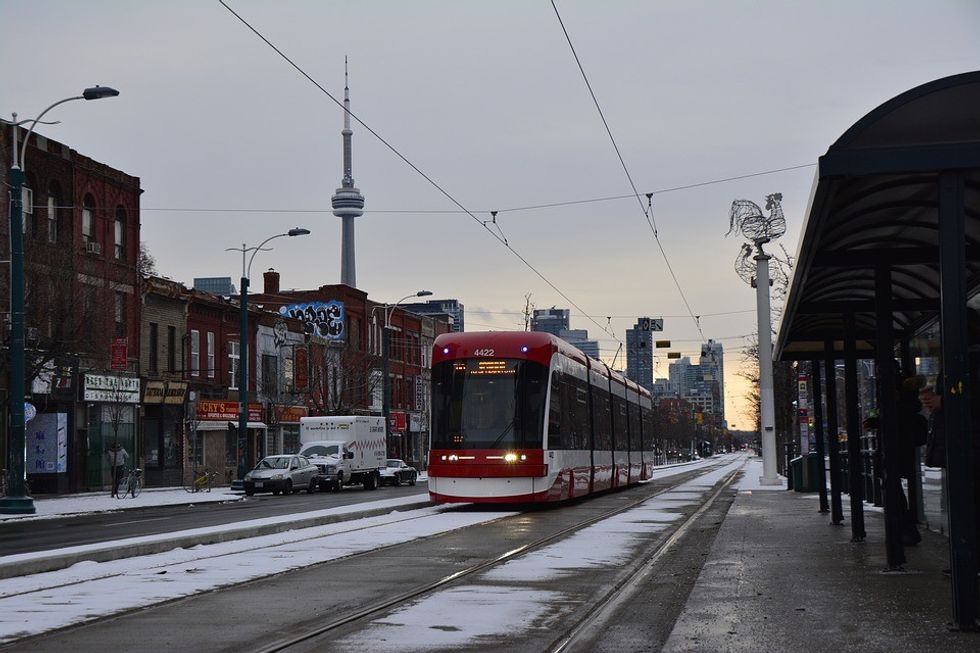
Given the pace of growth in Toronto, there’s no doubt 2018 will be another year of unprecedented change in the city.
Though our crystal ball is having trouble keeping up, here are some of the things we’d like — but don’t necessarily expect — to see in the months ahead.
Alley Oop
After decades of discussion, city hall is showing signs it may finally be getting serious about laneway housing. Not only does it make tremendous sense, given Toronto’s growing housing crisis, it could be an idea whose time has come. Keeping in mind that there are about 2,400 laneways in the downtown core that extend a total of 300 kilometres, the potential is clearly enormous. Historically, the city has objected to laneway housing because these narrow thoroughfares can’t accommodate garbage trucks, fire engines and the like. The answer, of course, is simple: smaller vehicles.
Saving Face
The city’s approach to heritage preservation is, quite frankly, pathetic. Typically, it allows a building to be demolished in return for saving an exterior wall or two. Facadism, or facectomy, as it’s called, is a lazy, brutish and shameful practice that must be stopped immediately. It’s time Toronto developers and architects got off their butts and learned better ways of repurposing and refurbishing historic structures. The criticism implicit in facadism — that contemporary practitioners aren’t up to the standards of their predecessors — rings true, but that doesn’t justify our willingness to sacrifice civic and architectural history on the altar of easy profits.

Planning Ahead
When Toronto chief planner Jennifer Keesmaat resigned last year, it opened up the possibility the city might rethink the position. Though there has been no discussion about how or who should succeed her, it’s a good occasion to reconsider the role. In many cities, the chief planner reports to the mayor; in Toronto she answers to the deputy city manager. This reflects the fundamental lack of seriousness the city brings to planning. Considering that the decisions made today by Toronto — a city in unprecedented transition — will have an enormous impact on the city of tomorrow, planning has never been more crucial. Also keeping in mind that the de facto planning authority in Toronto, the Ontario Municipal Board, will soon be replaced by the Local Planning Appeal Tribunal, the need for a coherent planning policy and mature leadership is greater than ever.
Strength In Numbers
Toronto’s newly enlarged 47-member city council will go to the voters for the first time in October. The three new councillors — all from downtown — will restore a measure of equality to a body that has favoured suburban Toronto over the “old” city since amalgamation was imposed by then-Premier Mike Harris in 1998. That means those who would be mayor will have to look beyond Etobicoke, Scarborough and North York if they hope to win this fall. Given Megacity’s ambivalence about being a metropolis, increasing the forces of urbanity on council will go a long way to making up for the lost years.

Making Council Count
Speaking of city council ... it goes without saying that local government in Toronto is dysfunctional. There are many reasons. Two of the most important are the ward system, which turns the city into a disconnected patchwork of fiefdoms and the lack of term limits, which removes any sense of urgency and encourages councillors to do as little as possible. In both cases, the answer is obvious: restrict councillors to two, maybe three, four-year terms, and create a number of councillors-at-large, whose purview would be the whole city, not some small part of it.
By Design
It’s time to create a new position: the city architect. There was a time when towns everywhere had one. Toronto never did, but the need exists. The point isn’t to have a staff architect to design everything the city builds, which at this point is very little. Though that might be part of his or her duties, a city architect would cast a critical eye over what gets constructed, start conversations about design and generally lobby for excellence. Our faith in the market’s city-building abilities have not been rewarded and design review panels, planners and weak legislation have paved the way for the sort of good-enough approach that characterizes Toronto. And when excellence does appear, planners and local politicians are as likely as not to respond with indifference and even hostility. Who could forget the planning department’s embarrassingly parochial reaction to Frank Gehry’s King Street condo towers in 2015?

Maintaining Flexibility
Some of Toronto’s most attractive buildings are late 19th- and early 20th-century factories and warehouses that have been transformed into condos, lofts, studios, offices, shops, galleries and so on. Consisting of little more than brick walls and wooden columns and beams, they are simple but endlessly flexible buildings. In a city that aspires to be fully mixed-use in most if not all of its neighbourhoods, this sort of reusability is key. But sometime during the last few decades, we have forgotten how to build for flexibility. We construct for specific purposes, which these days usually means residential or corporate, and that’s all. One can’t help wonder what will become of all our condo towers in the future. Wouldn’t it be smarter to design buildings that occupants can finish according to their needs today and tomorrow?
No Frills
No one who has lived in Toronto for more than 48 hours seriously expects action on Rail Deck Park, the 21-acre green space that would be built over the railway tracks south of Front Street between Spadina and Bathurst. As great as it would be, it's one of those occasional diversionary schemes the city comes up with to make residents forget that the richest city in Canada has been run like an economic basket case since 2010. Just listen to Mayor John Tory justify another austerity budget because millionaire home owners can't afford a property tax increase. Then there's budget chief Gary Crawford's blather about programs and projects that he says would be “nice to have ... if we had all the money in the world ...” Here in poor little Toronto, however, “we need to look at what the real priorities of the city are ...” Spoken like a true bean counter, one who hasn’t the foggiest notion of the difference between investing in the city and throwing money away on frills.
A Subway In Every Garage
It’s ridiculous and ruinous, but for years Toronto planners and politicians have failed to grasp the basic connection between transit and density. While Vaughan has big plans for a huge mixed-use community to take advantage of its new metro station, Toronto builds subways without a thought to increasing density around the stops. We spend billions putting mass transit in one-storey suburban neighbourhoods where every house has two-car parking and the subway loses money with every passenger. It’s time to get smart and build the subway where it’s needed. That means one thing: the Downtown Relief Line.





















